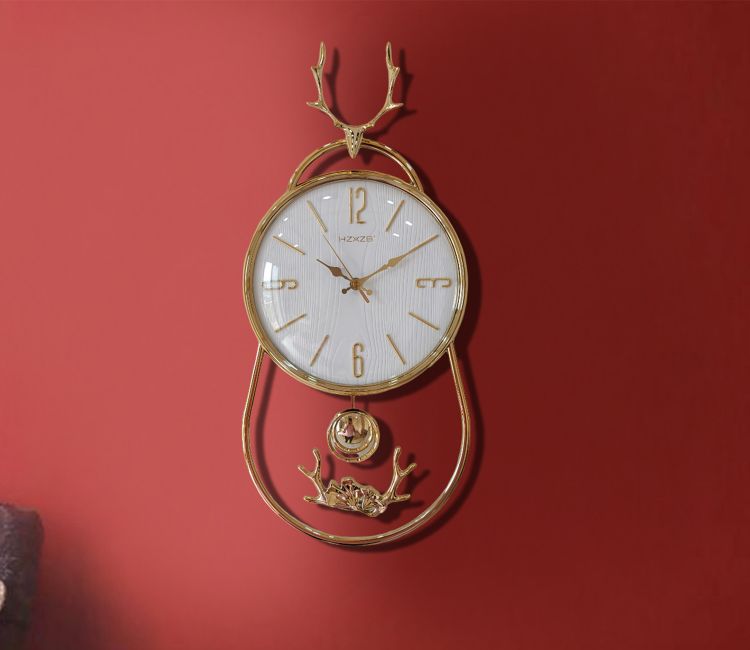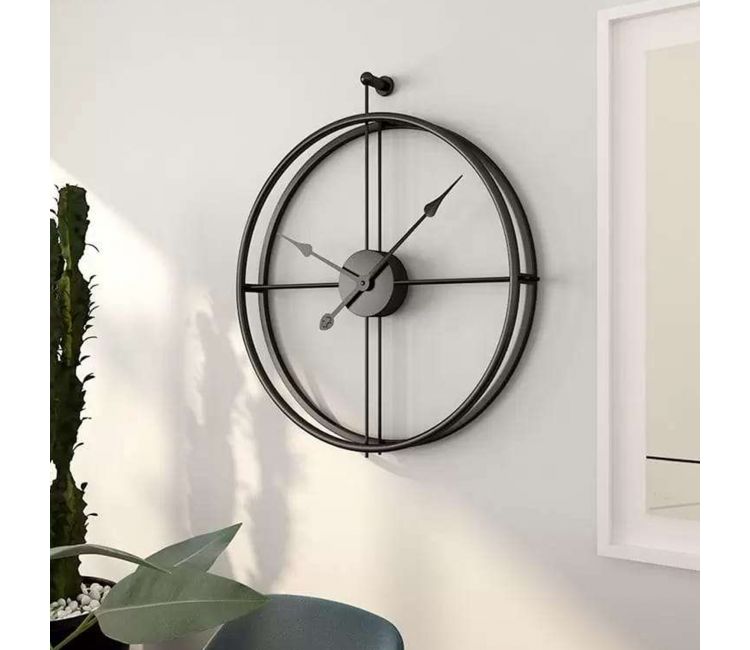In the symphony of human civilization, there is a silent conductor that keeps every instrument in time, from the grand crescendo of a stock market opening to the quiet adagio of a family dinner. This conductor doesn’t wield a baton but has hands that sweep in a constant, predictable circle. It is the wall clock, an invention so deeply embedded in our environment and psyche that we rarely pause to consider its monumental role in shaping the very fabric of modern life. Beyond its simple function, the clock is a tool of social order, a catalyst for the Industrial Revolution, a mirror of cultural values, and, in its modern incarnations, a statement of personal sanctuary.

From Sundials to Synchronization: The Clock as a Civilizational Lever
The history of timekeeping is the history of humanity organizing itself. Ancient societies used the sun and water, but it was the mechanical clock, emerging in medieval Europe, that truly began to regiment society. Monasteries used them to structure the canonical hours of prayer, creating a rhythm of devotion. However, it was the placement of clocks in public squares—on church towers and town halls—that transformed society. For the first time, a community could share a unified temporal reference. The workday could begin and end at a set hour; markets could operate on a common schedule. The public clock created what historian Lewis Mumford called “the clock-work universe,” imposing a mechanical regularity on organic human life.

This centralization of time reached its zenith with the wall clock in the home. As clocks became more affordable during the 19th century, they moved from being luxuries for the wealthy to necessities for the middle class. The kitchen wall clock became the command centre for domestic life, regulating meals, chores, and family gatherings. It was a tool of efficiency and discipline, a symbol of a well-ordered household. The factory whistle may have governed the public sphere, but the wall clock governed the private one, training generations in the punctuality required by an industrial age.
The Architecture of a Day: Psychology and the Tyranny of the Tick
The clock’s influence is not merely external; it is internalized. It shapes our cognitive processes and emotional states. The constant, visible presence of a wall clock creates what psychologists refer to as “time pressure,” a pervasive awareness of the passing moments that can be both a motivator and a source of significant stress. The relentless progression of the second hand can fuel productivity in an office, but it can also exacerbate anxiety, making us hyper-aware of deadlines and the perceived scarcity of time.

This relationship with the clock face is complex. A clock with a clear, legible face can provide a sense of structure and control, allowing us to navigate our day with confidence. Conversely, a clock that is constantly in our periphery can make us feel like we are racing against an unstoppable force. The very sound of a ticking clock has been used in experiments to increase the speed at which people perform tasks and to heighten feelings of tension. In this sense, the wall clock is not a neutral observer but an active participant in our mental landscape, its silent (or not-so-silent) presence capable of both grounding and unsettling us.
The Design Dialectic: Form, Function, and Cultural Expression
As society’s relationship with time has evolved, so too has the design of the clock, reflecting broader cultural shifts. The ornate, gilded grandfather clocks and wall regulators of the Victorian era spoke to a society valuing grandeur, permanence, and the display of wealth. The clean lines, geometric shapes, and unadorned faces of the Bauhaus movement in the 1920s mirrored a new, modernist belief in universalism, functionality, and the rejection of frivolous decoration.
Today, the wall clock market is a dialectic of these forces. On one end, we see the resurgence of “slow living” and mindfulness, reflected in clock designs that are intentionally calming. Clocks with no numbers, minimalist faces, or even mechanisms that move in perfect, silent sweeps offer a visual antidote to a hyper-connected, digitally frantic world. They are designed not to shout the time, but to whisper it.

On the opposite end, we have the maximalist and nostalgic trends. Clocks with bold, retro pop-art designs, oversized models that dominate a room, or pieces that incorporate reclaimed materials like barn wood or industrial gears. These clocks are less about telling time efficiently and more about making a statement about personality, history, and rejecting the sterile. They ask to be seen and felt, not just glanced at.
Reclaiming Time: The Modern Home and the Art of Conscious Choice
In the 21st century, we are surrounded by time. It blinks at us from our ovens, flashes on our fitness trackers, and dominates the screens of our devices. In this context, the analog wall clock has undergone a remarkable transformation. It is no longer the primary, authoritarian timepiece it once was. Instead, its role has become more curated and intentional. Choosing to hang a wall clock today is a conscious act of design and psychology.

It is a declaration that we want a shared, physical object to mark time in our common spaces, fostering connection rather than individual screen-checking. It is a choice to bring a specific aesthetic—warmth, nostalgia, modernity—into our environment. It is, for many, a way to soften the hard edges of digital time, replacing the cold, precise numerals with the graceful, analog arc of hands moving around a beautiful face.
Wooden Street: Crafting Sanctuaries in Time
This modern desire for warmth, authenticity, and intentionality in our living spaces is perfectly met by brands that understand the emotional power of home decor. When selecting a wall clock that serves as both a functional piece and a work of art, the collections from Wooden Street offer a compelling answer.
Wooden Street’s ethos revolves around natural materials and skilled craftsmanship, and this is vividly expressed in their wall clocks. In a world of plastic and mass production, a solid wood clock provides a tangible connection to nature and artisanry. The unique grain of each piece tells its own story, ensuring that your clock is singular. The warmth of the wood grain adds a soft, organic texture to a room, directly countering the coldness of digital screens and modern synthetic materials.

Whether it’s a robust, round clock with a natural finish for a rustic farmhouse kitchen or a sleek, rectangular design with a dark stain for a contemporary study, Wooden Street provides options that are both timeless and timely. By choosing such a clock, you are not merely buying a timekeeping device. You are making an active choice to elevate your environment, to introduce an element of calm, crafted beauty, and to appoint a silent conductor for your home that values substance and style in equal measure. In doing so, you reclaim a measure of control over time, transforming it from a source of pressure into an element of your personal sanctuary.



